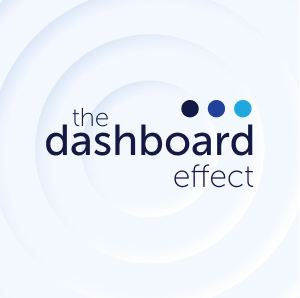Data warehouses have long been the standard for consolidating and storing data, but they’re increasingly being replaced by more flexible and cost-efficient data lakes and lakehouses. This shift isn’t just a trend; it’s a strategic move that can significantly speed up your data consolidation and integration efforts, which can be especially valuable for mid-market companies executing a buy-and-build strategy.
We recorded a podcast on this topic, if you’d prefer to watch/listen.
Faster Data Access and Integration
The data landscape has changed significantly over the last few years, thanks in part to advancements in data lake storage and data pipeline technologies. In addition, tools like ChatGPT and large language model (LLM) assisted coding have transformed the speed at which the data pipelines can be built and deployed. Unlike traditional data warehouse implementations that could take weeks or months to complete, data lakes can be operational in as little as a few hours or days. This setup speed can be invaluable for executives of rapid-growth platform companies and private equity operating partners who need fast access to newly acquired portfolio company data.
Cost-Effective Performance and Rapid Data Insight for Buy-and-Build Strategy
Historically, companies that wanted to consolidate data from acquisitions had to weigh three different options:
- Invest months and tens of thousands of dollars into a traditional data warehouse build.
- Pay ongoing for tools like Fivetran or Talend to speed up data acquisition and consolidation.
- Wait for a migration of the add-on to the platform company’s ERP and other transactional systems.
Each of these approaches had their pitfalls — the delayed and costly timeline of a data warehouse build, the recurring high costs from software that charges per number of records transferred, and the risk of ERP implementation delays.
Thankfully this is no longer the case. Data lakes can integrate data from newly acquired companies in a matter of days with minimal transfer and storage costs (we talk about Microsoft OneLake pricing in this episode: Demystifying Microsoft Fabric and OneLake). This rapid integration enables immediate, data-driven decision-making, and saves executives and their board from “flying blind” during critical growth phases.
The shift from lengthy and expensive data warehouse projects to agile, cost-effective, and scalable data lakes and lakehouses allows businesses to more easily adapt and scale. For mid-market companies, particularly those backed by private equity, this transition to data lake technology can be a competitive advantage.
To learn more about data lakehouses, watch this short video: What is a data lakehouse?

